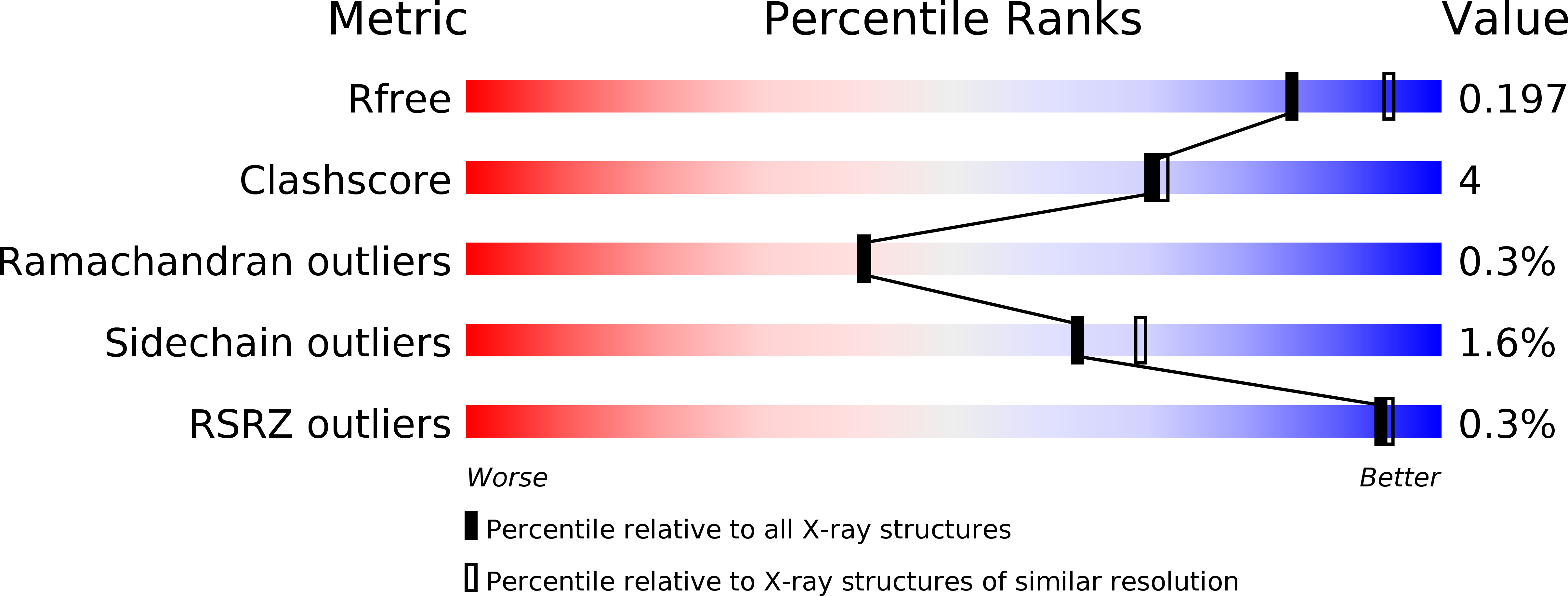
Deposition Date
2005-01-15
Release Date
2005-06-28
Last Version Date
2023-10-25
Entry Detail
PDB ID:
1YJQ
Keywords:
Title:
Crystal structure of ketopantoate reductase in complex with NADP+
Biological Source:
Source Organism:
Escherichia coli (Taxon ID: 562)
Host Organism:
Method Details:
Experimental Method:
Resolution:
2.09 Å
R-Value Free:
0.19
R-Value Work:
0.15
R-Value Observed:
0.16
Space Group:
P 21 21 21


